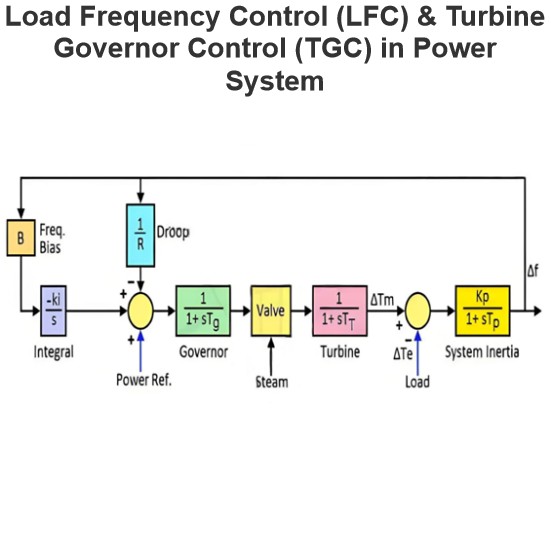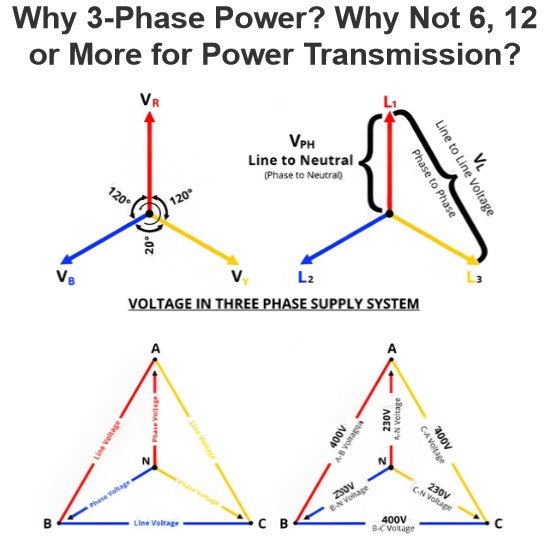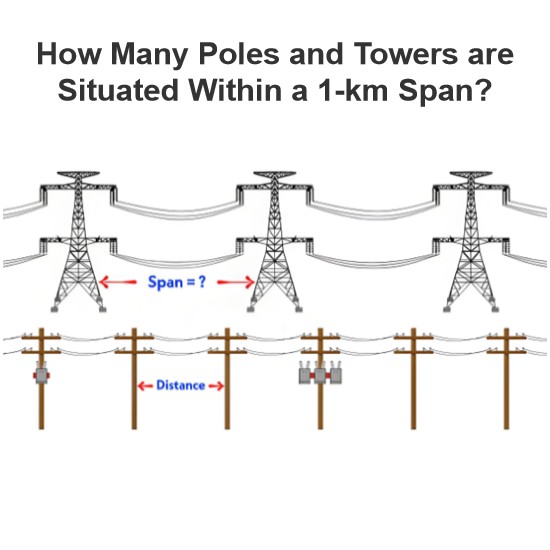Sequence Network
Sequence Network
Definition
The sequence impedance network is defined as an equivalent balanced network for a balanced power system under a hypothetical operating condition, where only a single sequence component of voltage and current exists within the system. Symmetrical components play a crucial role in calculating unsymmetrical faults at various nodes of a power system network. Additionally, the positive sequence network is fundamental for load flow studies in power systems.
Every power system comprises three sequence networks: the positive, negative, and zero sequence networks, each carrying distinct sequence currents. These sequence currents interact in specific ways to model different unbalanced fault scenarios. By calculating these sequence currents and voltages during a fault, the actual currents and voltages in the system can be accurately determined.
Characteristics of Sequence Networks
During the analysis of symmetrical faults, the positive sequence network takes precedence. It is identical to the sequence reactance or impedance network. The negative sequence network shares a similar structure with the positive sequence network; however, its impedance values have opposite signs compared to those of the positive sequence network. In the zero sequence network, the internal part is isolated from the fault point, and the current flow is solely driven by the voltage at the fault location.
Sequence Network for Fault Calculation
A fault in the power system disrupts its balanced operation, plunging it into an unbalanced state. This unbalanced condition can be represented by a combination of a balanced positive sequence set, a symmetrical negative sequence set, and a single - phase zero sequence set. When a fault occurs, it is conceptually equivalent to injecting these three sequence sets into the system simultaneously. The post - fault voltages and currents are then determined by the system's response to each of these component sets.
To analyze the system's response accurately, the three sequence components are indispensable. Assume that each sequence network can be replaced by a Thevenin's equivalent circuit between two key points. Through simplification, each sequence network can be reduced to a single - voltage source in series with a single impedance, as illustrated in the figure below. The sequence network is typically depicted as a box, where one terminal represents the fault point, and the other corresponds to the zero potential of the reference bus N.

In the positive sequence network, the Thevenin voltage is equivalent to the open - circuit voltage VF at point F. This voltage VF represents the pre - fault voltage of phase a at the fault location F, and is also denoted by Eg. In contrast, the Thevenin voltages in the negative and zero sequence networks are zero. This is because, within a balanced power system, the negative and zero sequence voltages at the fault point are inherently zero.
The current Ia flows from the power system into the fault. Consequently, its symmetrical components Ia0, Ia1, and Ia2 flow away from the fault point F. The symmetrical components of the voltage at the fault point can be expressed as follows:

Where Z0, Z1 and the Z2 are the total equivalent impedance of the zero, positive and negative sequence network up to the fault point.
The Electricity Encyclopedia is dedicated to accelerating the dissemination and application of electricity knowledge and adding impetus to the development and innovation of the electricity industry.













